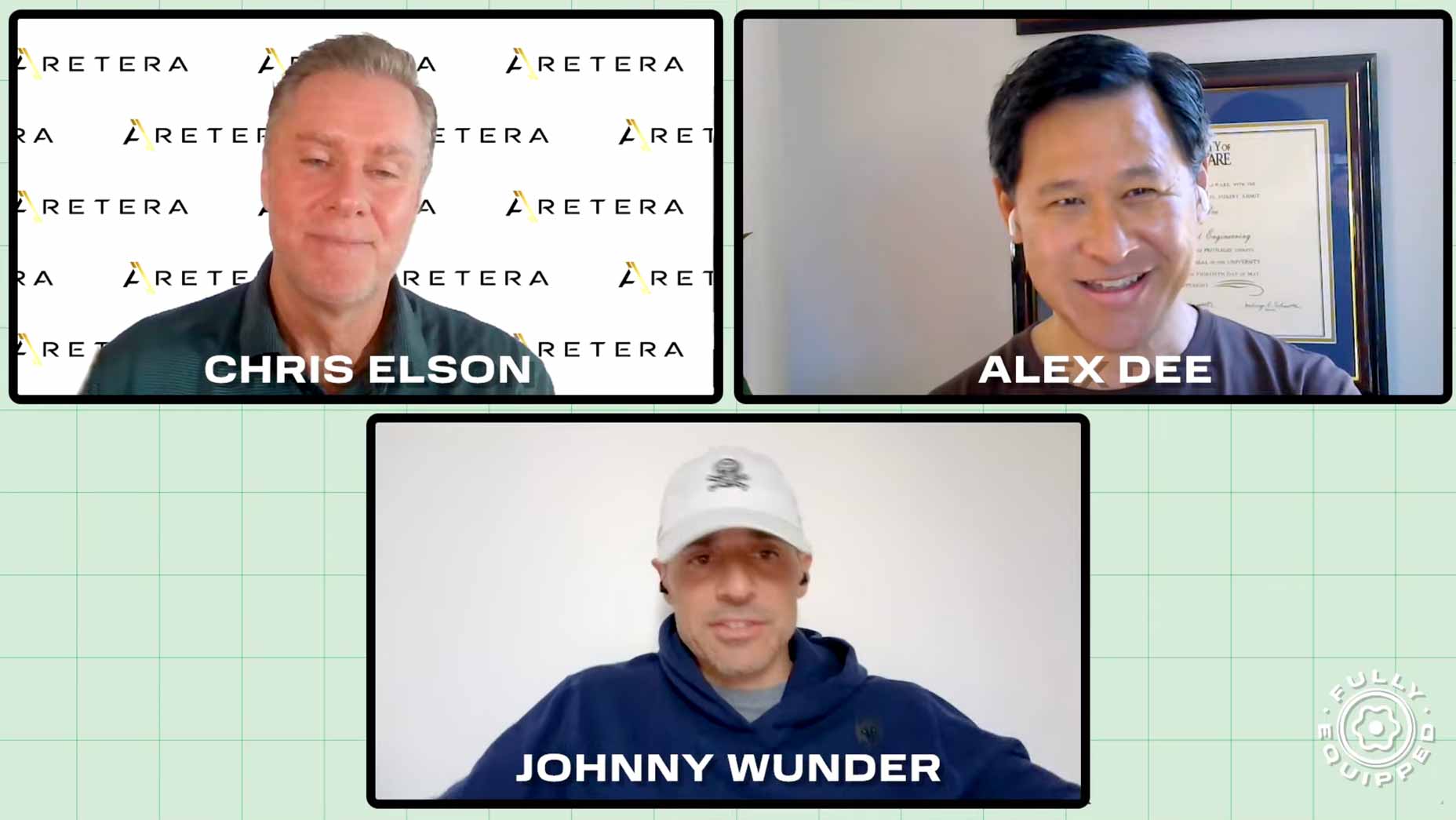 How Tiger Woods found his driver for the 2000 season | Fully Equipped
How Tiger Woods found his driver for the 2000 season | Fully Equipped
3 ways to reduce your slice by tweaking your driver setup

At one point or another, nearly every golfer suffers from a slice off the tee. The slice is undoubtedly the most common issue that plagues amateur golfers, and it costs them distance, strokes on the scorecard, and sanity.
The best way to fix a slice, of course, is to take lessons from a teaching professional and spend endless hours on the practice tee learning to hone your ball flight. But there’s a few equipment shortcuts that can help offset that nasty slice in the meantime.
The equipment tweaks below can also be helpful for more skilled golfers who are simply trying to dial in their ball flight and avoid a right-side miss. Even some professional golfers use these equipment hacks to tune their games.
Without further ado, here are three equipment tweaks you can make to stop hitting the ball so far right.
1. Shift the center of gravity to the heel

Use science to your advantage. By placing more weight in the heel section of the club versus the toe section, the toe will naturally release more. This will keep the face from being so open at impact, thus reducing the slice spin that causes the ball to curve right in the air.
There are a few ways to add weight into the heel.
Many of the modern drivers have CG (center of gravity) adjustability systems that allow for a draw-biased setting. Make sure to use these systems to your advantage. Some companies even have naturally draw-biased drivers that are designed with offset and internal weighting to influence more of a draw; if you’re in the market for a new driver, give those options a try.

If you don’t have a CG-adjustable driver, the next easiest and least-expensive option is to purchase a roll of lead tape and apply a couple strips to the heel section of the driver’s sole. Remember, this will also affect the overall weight and swing weight of the club, so be sure to consult your local pro or club fitter.
There’s another weight-adding technique that’s popular among Tour pros, which is called hot melt, or “rat glue.” This material can be applied internally to the driver head in certain areas — like the heel portion — to influence feel, sound, and ball flight. If you can track down an expert to help with this application, it’s a great way to get an anti-right driver setup.
ADVERTISEMENT
2. Play a shaft with a softer tip
Many golfers fall into the trap of looking to the pros for what driver shaft to play. The problem is, many pros use driver shafts that are built to lower spin and keep the ball from drawing too much. They use stiff and stable profiles, often with very strong tip sections.
To reduce a slice, you’ll want to do the opposite. Unlike the pros, you should look for shafts with weaker tip sections that allow for more release of the club head as it comes into impact. A more active tip section will generally allow for a faster rate of closure, which is beneficial to golfers suffering from a slice.
But Tim Briand, the Senior Vice President of True Spec Golf (which is owned by the same parent company as GOLF) warns that a shaft with a softer tip isn’t great for every slicer. If you’re the type of golfer who “stands up” into impact with high hands, a softer tip may cause more droop at impact. As the club droops — meaning the toe dives toward the ground — the clubface can actually open more, which isn’t ideal for the slicer.
The absolute best way to determine if a softer tip section is truly right for your game is to have a conversation with your local fitter about your issues, and have him/her look at your swing. It’s possible that a shaft with a softer tip could be the saving grace for your slice.
3. Look to the hosel

The most overlooked tool in modern drivers is the adjustable hosel. Nearly every driver released in recent years allows for independent loft, lie and face angle adjustments by simply adjusting the hosel adaptor. These adjustments can have a drastic effect on ball flight, too.
For slicers, you’ll want to find the draw setting. Each manufacturer uses a slightly different system, so be sure to familiarize yourself with what the symbols on the hosel actually mean. Also, adjusting the hosel into an upright setting can help add additional draw-bias.
Remember to take note of your original hosel setting in case your trial process goes awry.
To hear more gear insights from Jonathan Wall and True Spec’s Tim Briand, subscribe and listen each week to GOLF’s Fully Equipped podcast: iTunes | SoundCloud | Spotify | Stitcher
ADVERTISEMENT




